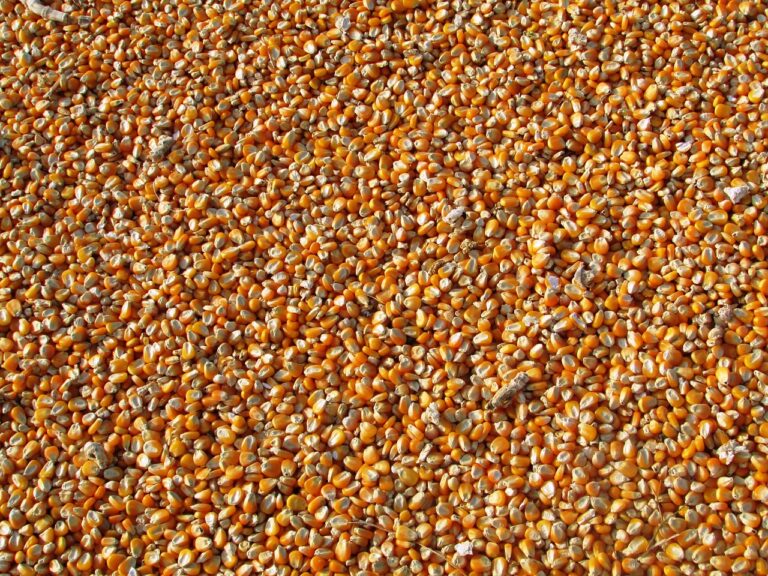Analyzing Food Distribution Challenges in Conflict Zones
betbhai, cricket99 exchange, diamondexch9.con: Analyzing Food Distribution Challenges in Conflict Zones
Food distribution in conflict zones is a complex and challenging task that requires careful planning and execution. In areas affected by conflict, access to food is often limited, leading to food insecurity and malnutrition among the civilian population. In this article, we will explore the various challenges associated with food distribution in conflict zones and discuss potential solutions to address these issues.
Understanding the Challenges
1. Insecurity: One of the primary challenges of food distribution in conflict zones is the presence of insecurity. Armed groups often control access to certain areas, making it difficult for humanitarian organizations to deliver aid to those in need.
2. Infrastructure Damage: Conflict can lead to the destruction of infrastructure such as roads, bridges, and warehouses, making it challenging to transport and store food supplies.
3. Limited Access: Conflict zones are often isolated and difficult to reach, making it challenging for humanitarian organizations to deliver food aid to those in need.
4. Funding Constraints: Humanitarian organizations often face funding constraints when operating in conflict zones, limiting their ability to procure and distribute food supplies.
5. Coordination Challenges: In conflict zones, multiple actors, including government agencies, NGOs, and armed groups, may be involved in food distribution efforts, leading to coordination challenges and duplication of efforts.
6. Security Risks: Humanitarian workers face significant security risks when operating in conflict zones, making it dangerous to deliver food aid to those in need.
Solutions and Recommendations
1. Engaging with Local Communities: To overcome the challenges of food distribution in conflict zones, humanitarian organizations should engage with local communities to gain a better understanding of their needs and preferences.
2. Building Local Capacity: Humanitarian organizations should focus on building the capacity of local organizations and community members to facilitate food distribution efforts in conflict zones.
3. Using Technology: Leveraging technology, such as GPS tracking and mobile applications, can help humanitarian organizations improve the efficiency and effectiveness of food distribution in conflict zones.
4. Advocating for Access: Humanitarian organizations should advocate for safe and unhindered access to conflict-affected areas to ensure that food aid reaches those in need.
5. Strengthening Coordination: Coordination among humanitarian organizations, governments, and other stakeholders is essential to ensure that food distribution efforts in conflict zones are efficient and effective.
6. Prioritizing Nutrition: In conflict zones, efforts should be made to prioritize nutrition-sensitive food aid to address the specific nutritional needs of vulnerable populations, such as children and pregnant women.
FAQs
Q: How do humanitarian organizations ensure the safety of food distribution workers in conflict zones?
A: Humanitarian organizations employ various security measures, such as security escorts, training, and communication protocols, to ensure the safety of food distribution workers in conflict zones.
Q: How can local communities contribute to food distribution efforts in conflict zones?
A: Local communities can play a crucial role in facilitating food distribution efforts by providing local knowledge, logistical support, and manpower to humanitarian organizations.
Q: What challenges do humanitarian organizations face in securing funding for food distribution in conflict zones?
A: Humanitarian organizations often face challenges in securing funding for food distribution in conflict zones due to donor fatigue, competing priorities, and limited resources.
In conclusion, food distribution in conflict zones presents numerous challenges that require innovative solutions and coordinated efforts among various stakeholders. By addressing the underlying issues and working together, we can ensure that food aid reaches those in need in even the most challenging environments.







